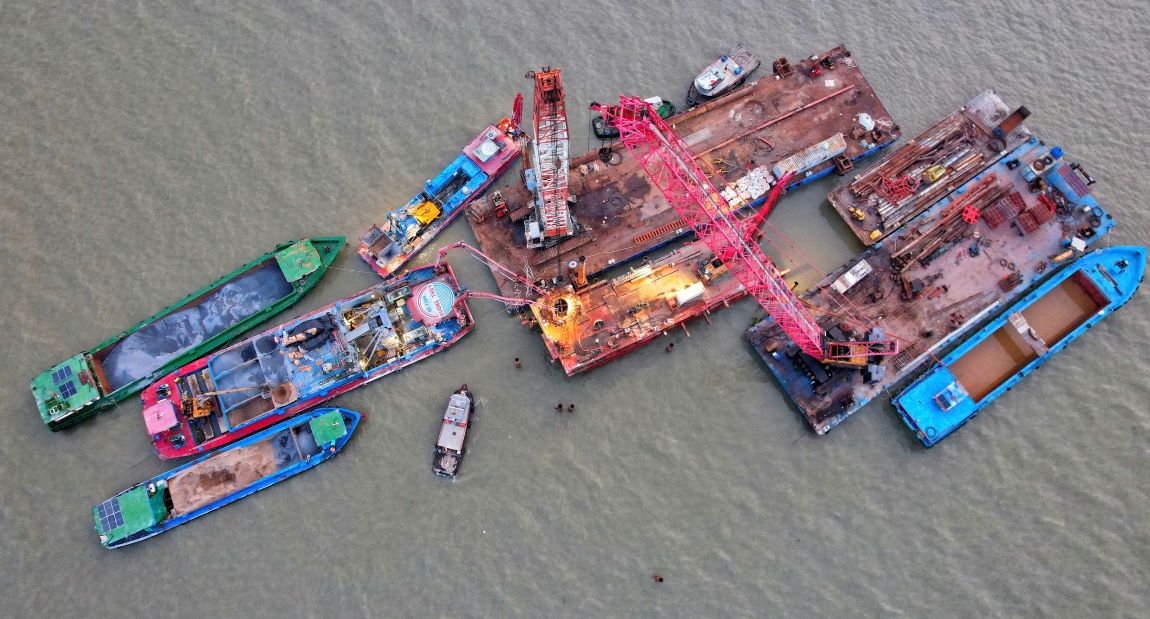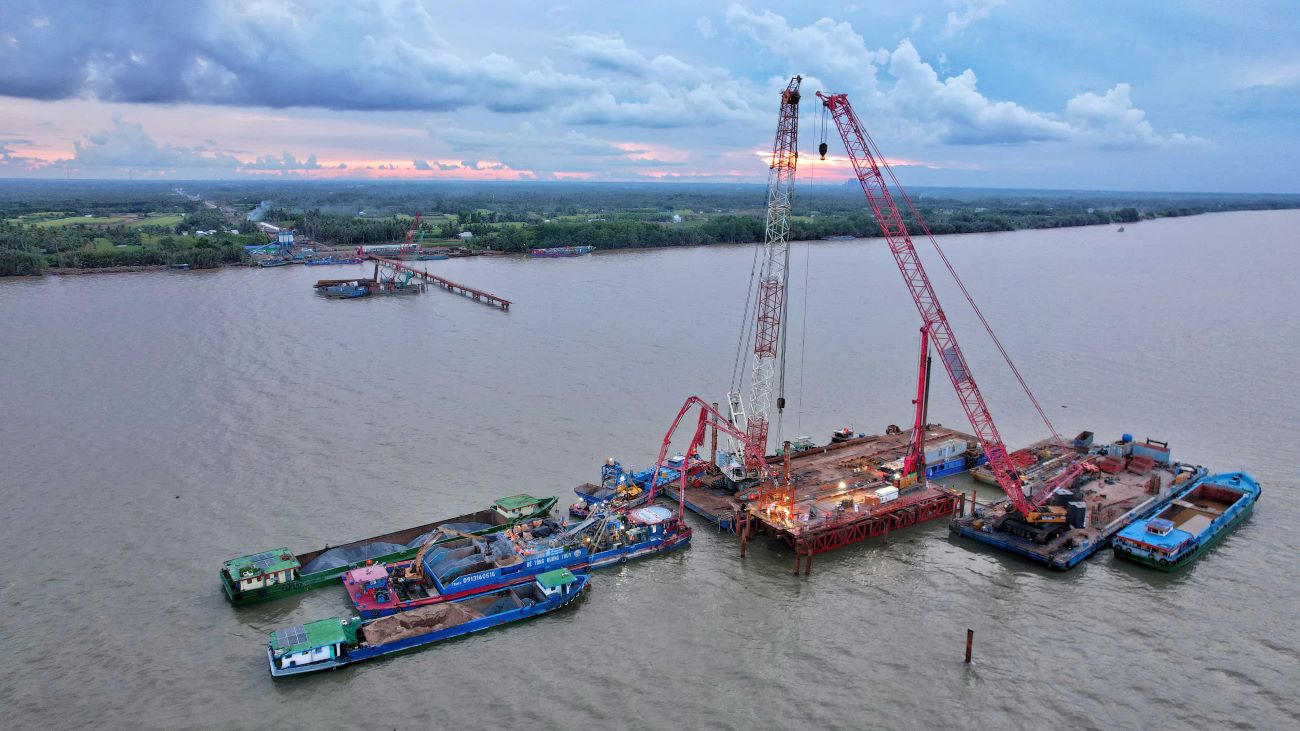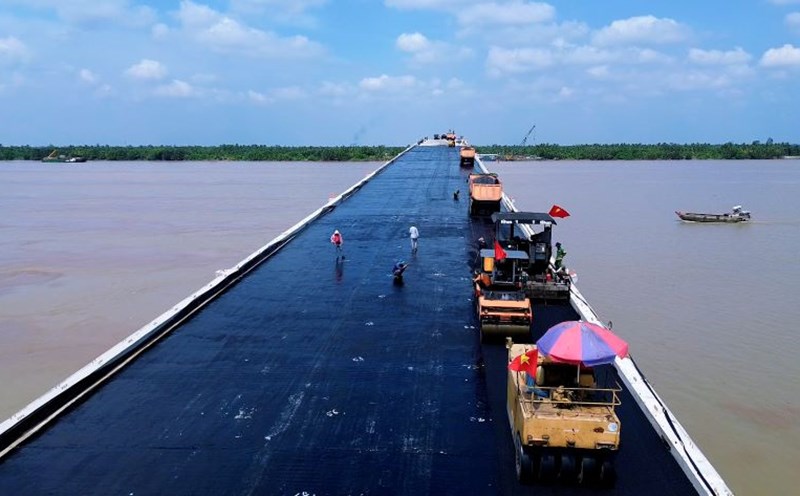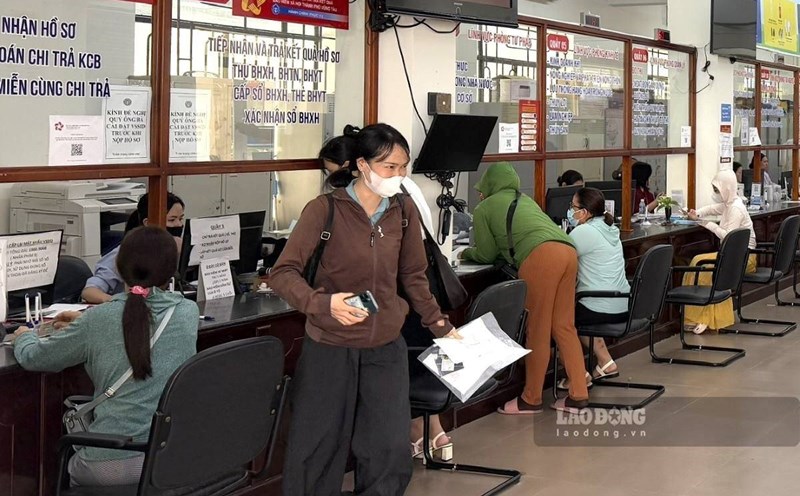On May 16, Project Management Board 85 - Investor of Dai Ngai bridge project - said that the construction progress of Dai Ngai 1 bridge has reached about 4%; for the road, organic excavation work has been completed and sand filling is being implemented.
The contractor has completed the first pouring of bored pile concrete for P24 pillars, the bored pile for P23 pillars has been drilled for more than 50 m. These are the two main cable-stayed pillars of Dai Ngai 1 bridge. Each pillar has 32 bored piles.
According to the plan, after completing the first concrete pouring, the next piles will be deployed. It is expected that all bored piles of the bridge will be completed in 2025.

Earlier, on December 9, the Project Management Board 85 held the construction ceremony of 15-XL Package Construction of Dai Ngai 1 Bridge 1 and the two ends of the bridge. The bridge has a length of more than 3km, the main bridge is 2.59km long, 21.5m wide passes through the Dinh An flow of Hau River, the area near the East Beach, connecting Tra Cu district (Tra Vinh province) to Cu Lao Dung district (Soc Trang province).
The main cable-stayed bridge has 2 A-shaped towers 110m high (from the bridge surface), with a main span diagram (210+450+210)m. This is the second largest cable-stayed bridge in Vietnam, after Can Tho Bridge and made of Vam Cong Bridge.

Also part of this project, Dai Ngai 2 bridge started construction in mid-October 2023, and has now reached over 95% of the construction volume. Contractors are focusing on completing the bridge deck, installing traffic signs, road and waterway warning systems, and speeding up auxiliary items to ensure the completion of the entire project in June 2025.
Dai Ngai Bridge construction investment project on National Highway 60 in Soc Trang and Tra Vinh provinces. The project has a total investment of nearly 8,000 billion VND. When completed, it will create a strategic transportation axis, contributing to improving the transportation capacity of the Mekong Delta. National Highway 60 will therefore become a vital route, effectively connecting the southern coastal provinces with Ho Chi Minh City, helping to shorten travel time, reduce transportation costs, expand trade and reduce traffic pressure on National Highway 1A.











